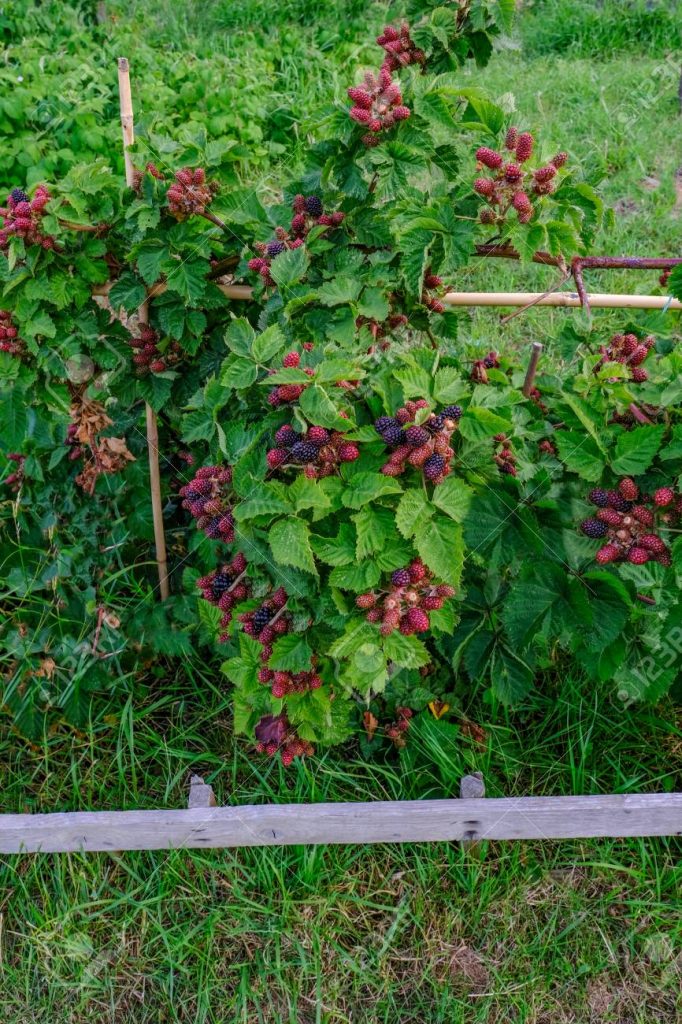Erosion control plants are just that. Plants that either help to bind or hold the soil together, or protect the topsoil and area just above from the forces of the wind, rain and snow. The root structure of some plants are better suited than others to twist and bind together in ways that hold the soil in place. They will grow roots at the soil level, helping to slow the speed of water running over it. This will help in two ways. Mainly by not washing away the soil with the force of the water, but also, the slower moving water is more absorbed into the soil.
The foliage of some plants are suited for this scenario in many ways as well. Some produce a thick cover for shade, for example, from the sun drying the soil. This also protects the soil and area below the plant from damaging winds, and slowing the rain drops and hail stones before hitting the soil. Another group of plants have foliage that does all of those things and have attributes that discourage larger animals from eating them. Thus, making them even hardier for this erosion control purpose. This may include a taste (be careful that the plant is not poisonous in some way ), or texture, or a separate thorn on the plant that is hard to eat around.
These are some ideas to think about if you are planting, or just living around any water body or steep slope. The plants listed below also have benefits even on a flat piece of land. Check out the other Plants With A Purpose pages for more info.
Some examples of the more common erosion control plants are:
Saskatoon
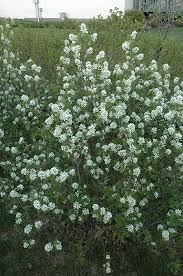
Serviceberry

Oregano

Parsley
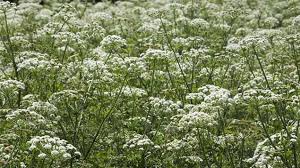
Daylily
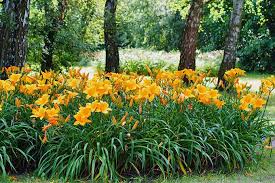
False Indigo
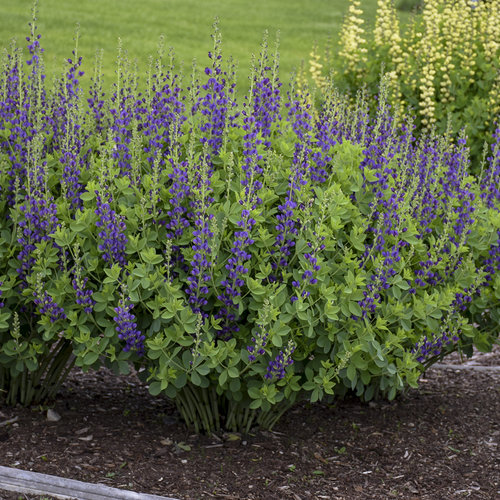
St. John’s Wort

Thyme

Common Yarrow
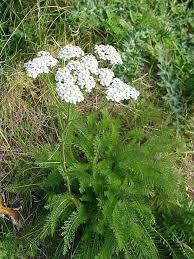
Mint
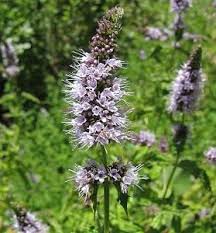
Raspberry

Lupin
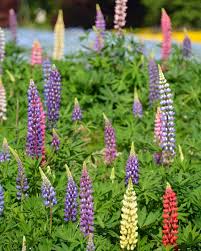
Chives

Blackberry
